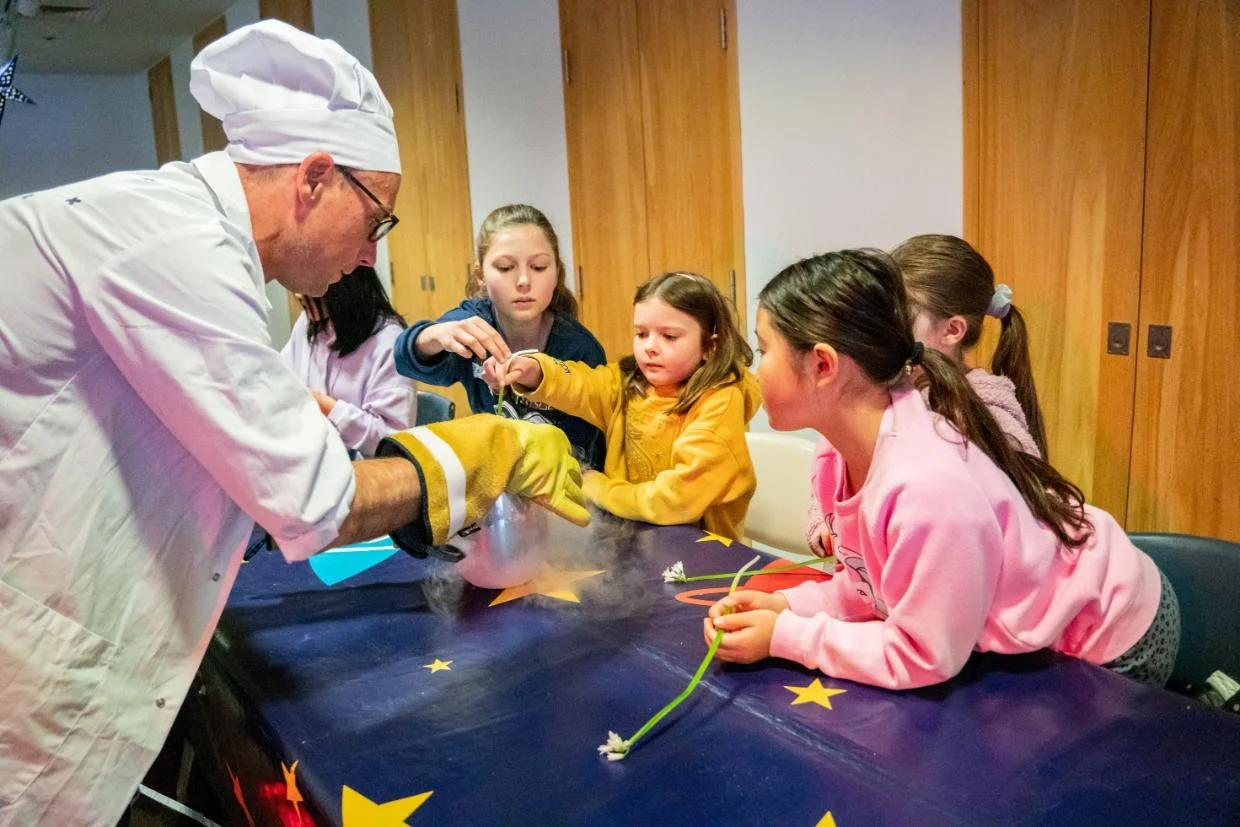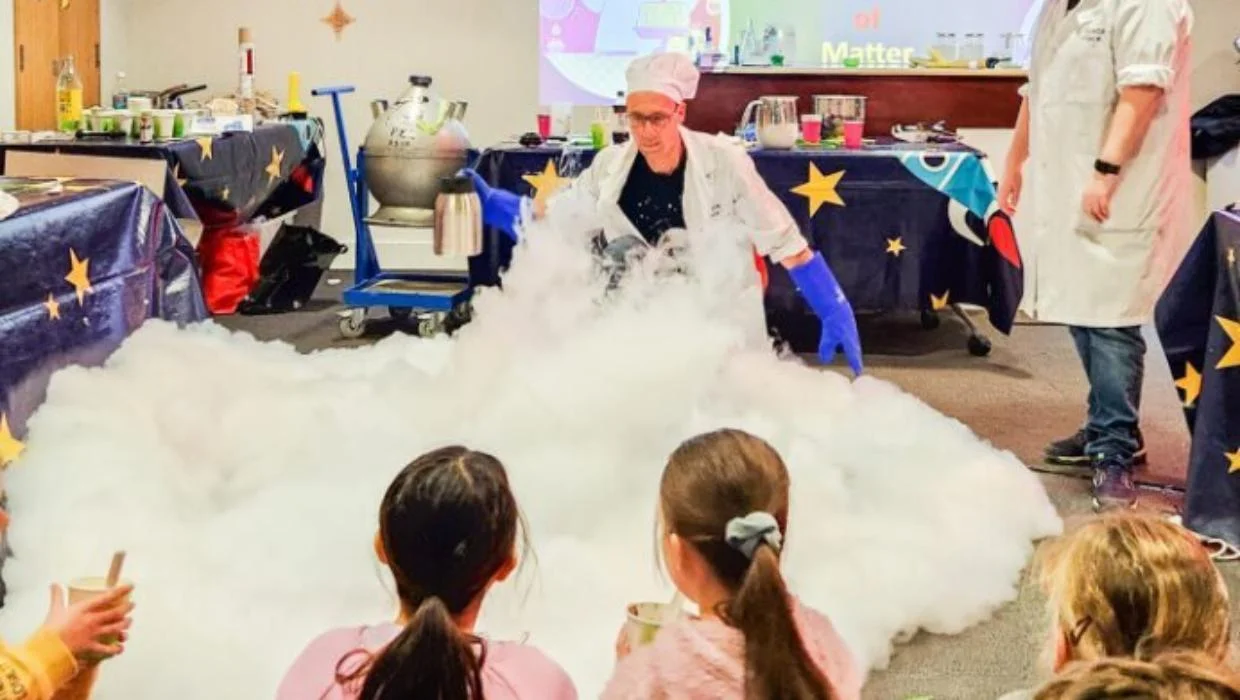We work in the past, but we’re always thinking of the future at Te Waka Huia o Ngā Taonga Tuku Iho Wellington Museum.
Behind the scenes, a lot of work goes into looking after the collections you see in our galleries. Climate control, object conservation and custom mount making for example, keep the treasures we care for in good condition for future generations.
Our people who manage the collections are kaitiaki (guardians) of treasures we hold in trust for the people of Wellington. We might work here for five, 10, or twenty years, but we know there will be other kaitiaki caring for these objects after us, and we all want to do the best we can to look after this legacy.
So we are delighted to be introducing two treasures that we are conserving and restoring for display at Wellington Museum and Nairn Street Cottage with funding support from the Lottery Grants Board.
The pou whenua from Tapu Te Ranga Marae is a taonga made under the guidance of Bruce Stewart, the visionary behind the pan-tribal Tapu Te Ranga Marae in Island Bay. Bruce cloaked the hills around Tapu Te Ranga in native trees and built the spectacular multi-storied marae buildings on his site near the Home of Compassion, providing a haven for the unemployed and destitute. This pou was carved by marae residents to help give them a sense of belonging in their community. Tragically, several years after Bruce’s passing, the main marae buildings burnt down in 2019.
Donated to Wellington Museum by Bruce’s whānau in 2022, this pou has been treated by conservation scientist Susanne Rawson to stabilise dry rot in its base. When taonga are conserved, they are not intended to look like new, but are stabilised using reversable techniques and materials, which won’t damage them in any way. We have also employed a specialist mount maker, Dennis Feaver, to make a support for the pou that ensures its safety. You can now see the pou in Wellington Museum’s Te Whanganui-a-Tara exhibition.
A 100-year-old pianola will soon be bringing the romance of jazz to Nairn St Cottage. The pianola once belonged to Blanche and Richard Monnie. The couple were prominent early 20th century Wellington businesspeople, specialising in clothing manufacture. They were also active in Wellington’s social scene of the 1920s and 1930s. Their house in Hamilton Rd, Haitaitai, included a formal parlour and a dance room. This pianola took pride of place in the dance room, playing jazz, foxtrots, waltzes and operas.
When the pianola was donated to Wellington Museum by descendants of the family it was in a very bad state, having not been played since the 1970s. Fortunately Wellington has piano and pianola restorer Stephen Powell, who has spent hundreds of hours completely rebuilding this incredibly complicated instrument. When it is finished, it will look like it did when the Monnie’s first rolled it into their dance room 100 years ago. We are planning to install the pianola in Nairn St Cottage in the next few months – stay tuned for that announcement.
You can see that a lot happens behind the scenes at Wellington Museum. We care for these precious treasures which tell the story of Pōneke, so the future generations of Wellingtonians can still view them in hundreds of years. We are actively building our collections, acquiring things with rich personal stories.
Do get in touch if you have something that can offer future generations insights into the way Wellingtonians have lived and how they live now – your descendants will thank you for it.
We are grateful to the Lotteries Environment and Heritage Committee for helping to restore this Pou – ensuring this treasure taonga and kōrero aren’t forgotten.
- Ian Wards is Wheako Pōneke Experience Wellington’s Senior Curator (Taonga).





























